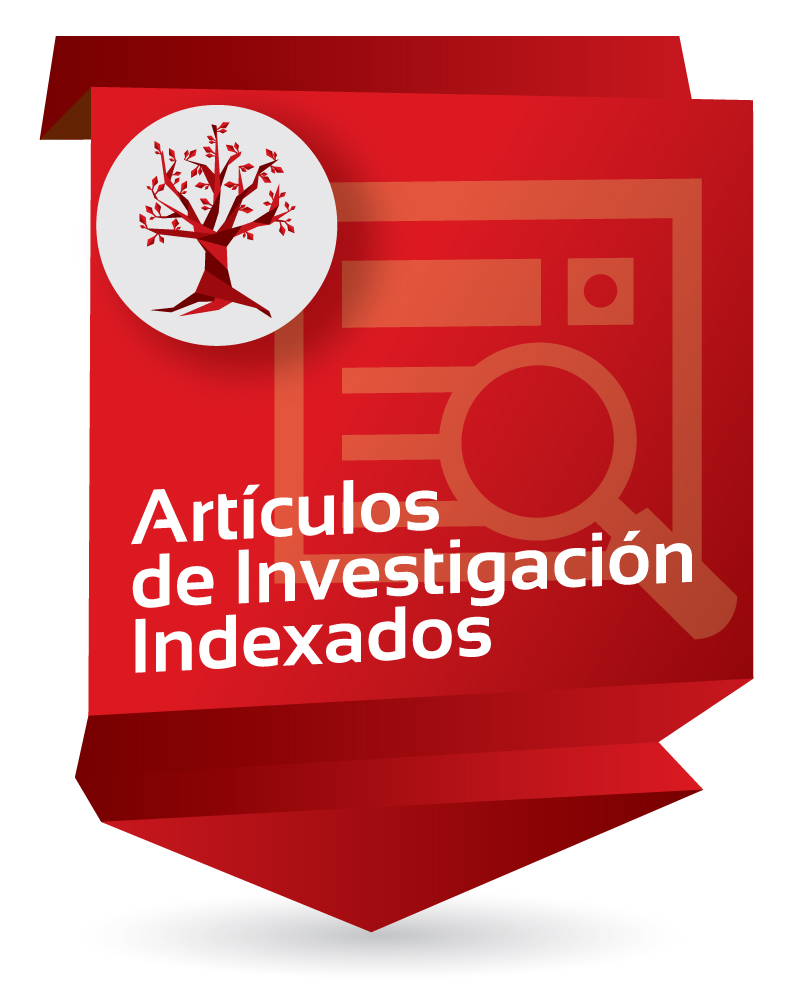A novel image processing method for visualizing the vascular pattern of Human Uterine Cervix

Enlaces del Item
URI: http://hdl.handle.net/10818/35606Visitar enlace: http://www.scielo.org.co/pdf/r ...
ISSN: 1900-6586
Compartir
Estadísticas
Ver Estadísticas de usoMétricas
Catalogación bibliográfica
Mostrar el registro completo del ítemAutor/es
Botero Rosas, Daniel Alfonso; Murcia Garzón, Cristhian J.; Roa Barrantes, Laura M.; Fuentes, José M.; Leon Ariza, Juan S.Fecha
2017-01Resumen
Cancer of the uterine cervix is a public health problem worldwide. Colposcopy is the commonest method employed to visualize human uterine cervix, and to diagnose uterine cervical cancer. When
this structure is altered, colposcopy identifies and grades a number of characteristics of the lesions such
as sizes, borders, shapes and vascular patterns. However, some drawbacks of the findings obtained by the
classical colposcopic method are still unanswered. To improve the quality of the data obtained with colposcopy, selected images of human cervix were studied; further, a novel processing analysis was done using
the top-hat and direct threshold methods. The analysis tree included selection of the image, elimination of
frequency of oxyhemoglobin absorption, unsharped mask, treatment of specular highlights, filter approach
and adjustment of intensity levels. We found that the top-hat method was superior that the direct threshold method to visualize the vascular pattern of human uterine cervix (93,1 % vs 85,1 %; p < 0,05). These
findings were unrelated to the filter used. These results may help to increase the likelihood of detecting
uterine cervical cancer of humans at earlier stages of the disease than known to date.
Palabras clave
Colecciones a las que pertenece
- Facultad de Medicina [1454]

















